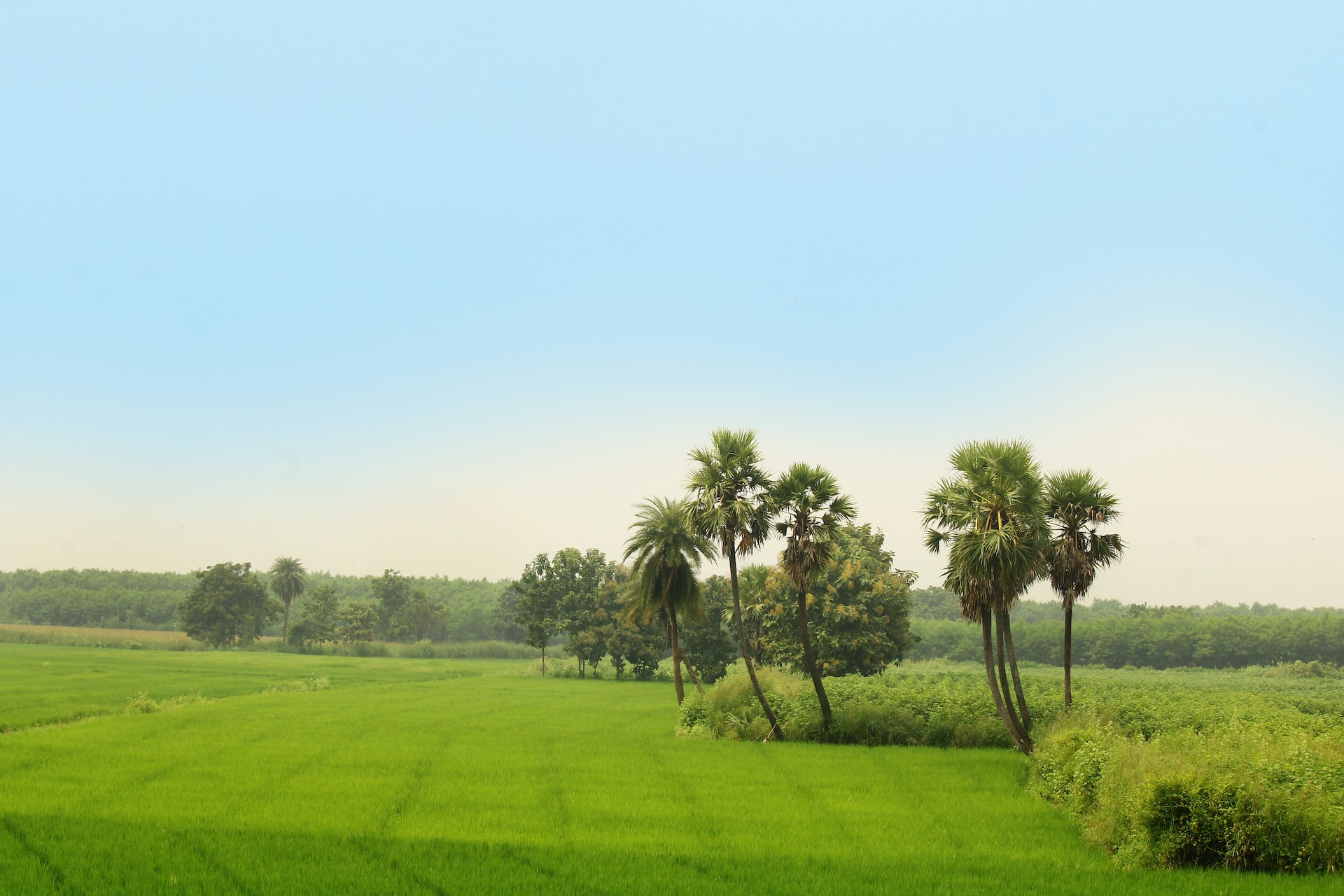Rural India’s Role In Feeding The Nation: A Look At The Country’s Agricultural Sector And Its Importance To The Economy

Agriculture is a vital sector of India’s economy, with the majority of the country’s population relying on it for their livelihoods. Rural areas, in particular, play a crucial role in feeding the nation and ensuring food security.
The Importance of Agriculture in Rural India
Agriculture is a major source of livelihood for the majority of India’s population, especially in rural areas. According to the National Sample Survey Office (NSSO), around 60% of the rural population is engaged in agriculture and allied activities, such as livestock and fishery. Agriculture also accounts for a significant share of the country’s GDP, with the sector contributing around 17% to the country’s GDP in 2020, as per the Ministry of Agriculture and Farmers Welfare.

Agriculture also plays a crucial role in ensuring food security in India. According to the Ministry of Agriculture and Farmers Welfare, the country is self-sufficient in food grain production and has achieved surplus production in recent years. This is largely due to the efforts of farmers in rural areas who produce a majority of the country’s food grain.
The Challenges Faced by Rural Farmers
Despite the importance of agriculture in rural India, farmers in these areas face a number of challenges. One of the major challenges is the lack of access to modern technology and infrastructure. According to a report by the National Sample Survey Office (NSSO), only around 30% of rural households have access to modern agricultural equipment and only around 40% have access to irrigation.
Farmers in rural areas also face challenges related to market access and pricing. According to a report by the National Sample Survey Office (NSSO), around 70% of farmers in rural areas sell their produce through intermediaries, who often offer low prices. This can lead to farmers receiving a low income for their produce.
Another challenge faced by farmers in rural areas is the lack of access to credit and insurance. According to a report by the Reserve Bank of India (RBI), only around 30% of farmers in rural areas have access to institutional credit, leaving them vulnerable to moneylenders who charge exorbitant interest rates. Similarly, only a small percentage of farmers in rural areas have access to crop insurance, leaving them at risk of crop failure and financial losses.
Efforts to Address Challenges
To address the challenges faced by farmers in rural India, the government has implemented a number of initiatives. One of the major initiatives is the Pradhan Mantri Fasal Bima Yojana (PMFBY), a crop insurance scheme that aims to provide insurance coverage to farmers against crop failure due to natural calamities. According to the Ministry of Agriculture and Farmers Welfare, the scheme has covered around 50 million farmers and has paid out over $1 billion in claims since its launch in 2016.
The government has also implemented initiatives to improve access to modern technology and infrastructure for farmers in rural areas. For example, the Pradhan Mantri Krishi Sinchai Yojana (PMKSY) aims to provide irrigation facilities to farmers in unirrigated areas. Similarly, the Pradhan Mantri Kisan Samman Nidhi (PM-KISAN) scheme provides financial assistance to farmers to purchase agricultural equipment and machinery.
In conclusion, agriculture plays a crucial role in rural India, providing livelihoods for the majority of the population and ensuring food security for the nation. However, farmers in rural areas face a number of challenges, including a lack of access to modern technology and infrastructure, market access and pricing, and access to credit and insurance.
The government has implemented a number of initiatives to address these challenges and improve the livelihoods of farmers in rural areas. By continuing to support and invest in the agricultural sector, rural India can continue to play a vital role in feeding the nation and driving economic growth.





